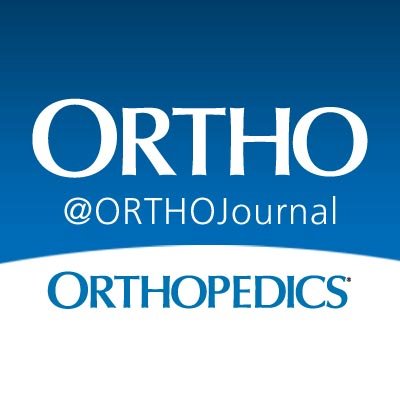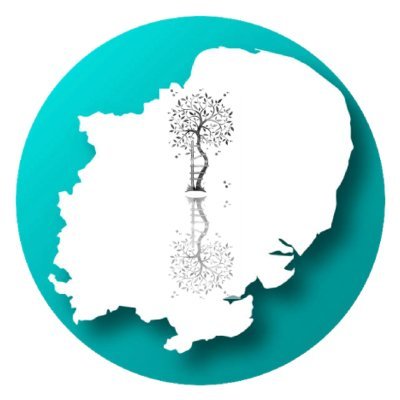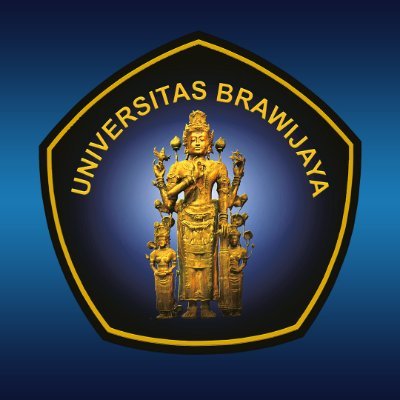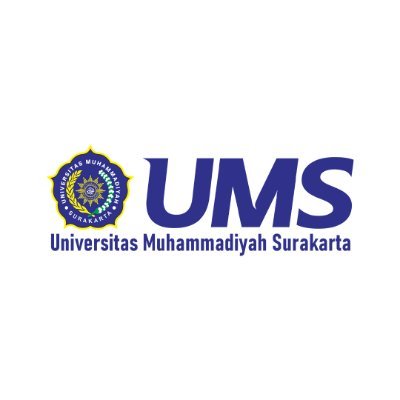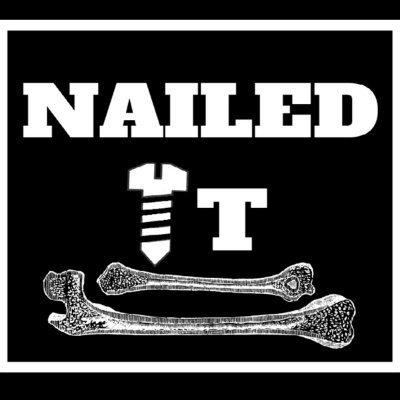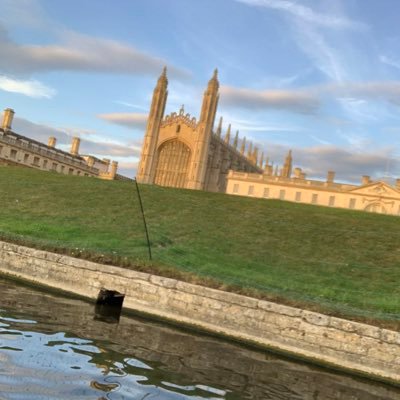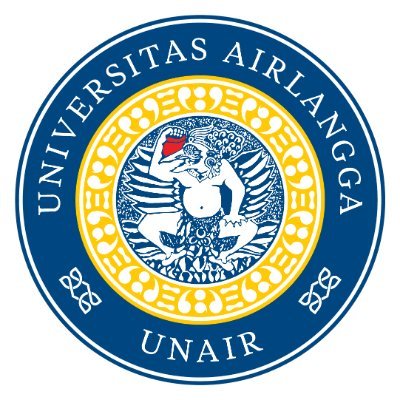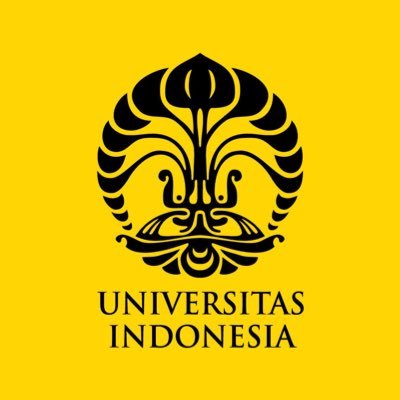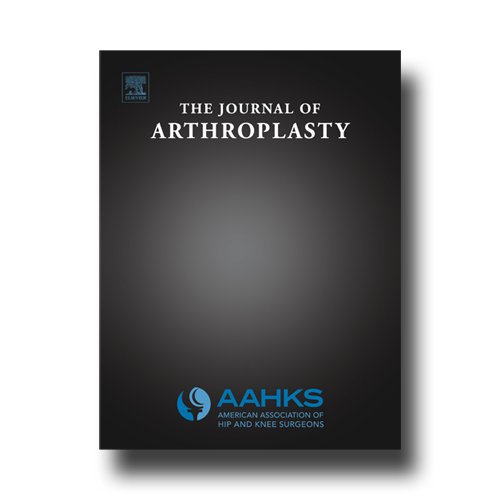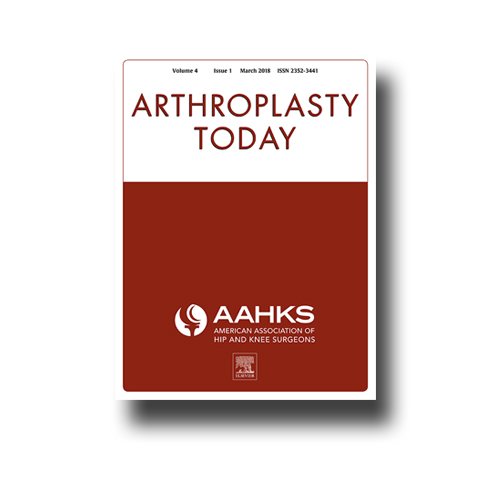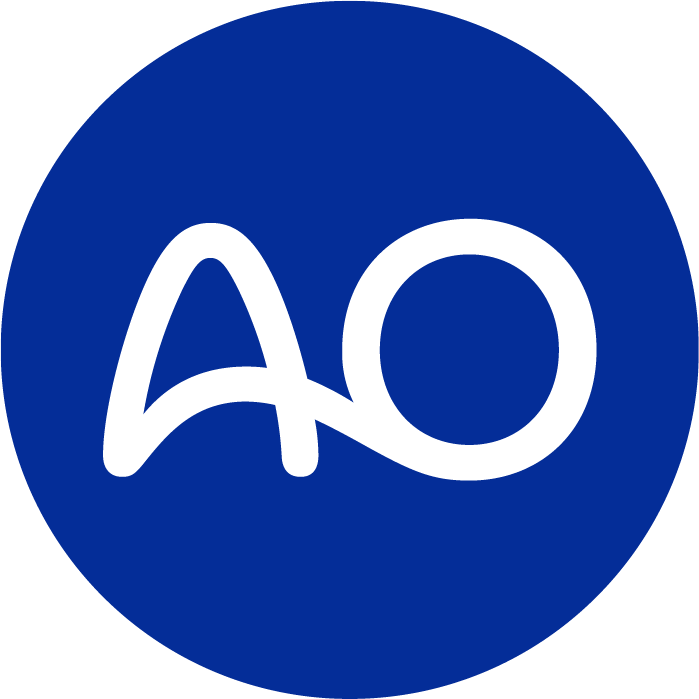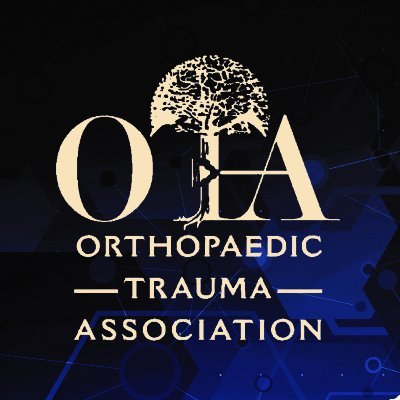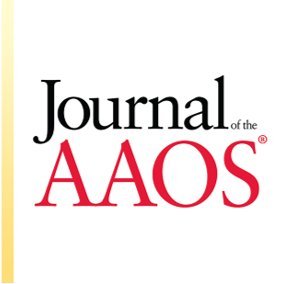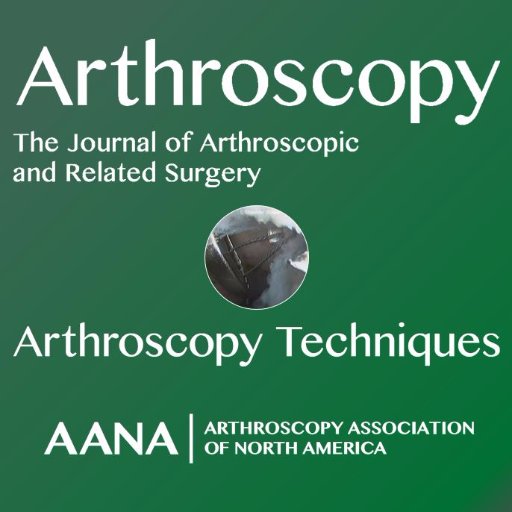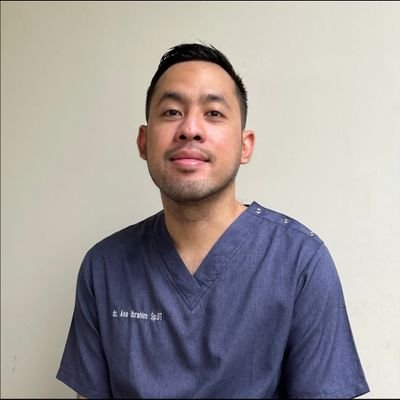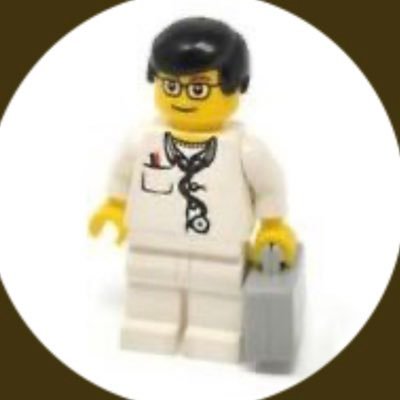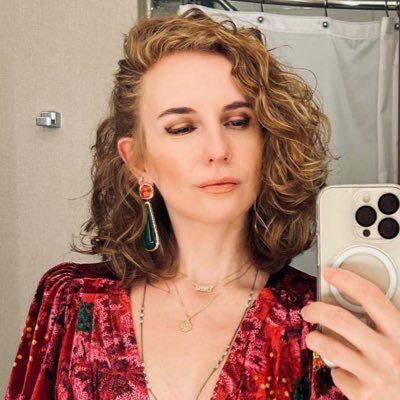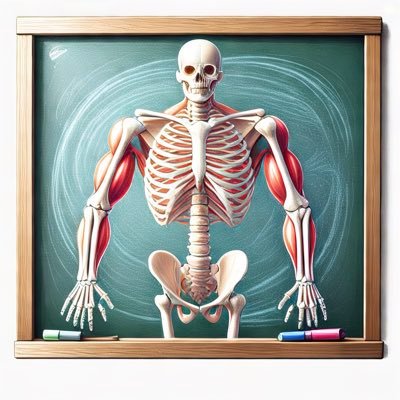
OrthoNotes 🦴📝💪🏻
@Ortho_Notes
Random notes about musculoskeletal or orthopaedic #orthopaedic
In orthopaedics, paediatric 👶 practice demands special skills! You may lack firsthand accounts of symptoms; a screaming baby will tell you very little, and anxious parents may overshare. Be flexible during examinations. If a child moves a joint, examine movement then and there💨
Just a heads-up: muscle weakness could sometimes be caused by a muscle issue, not just a nerve problem. When muscles aren’t working right, the weakness tends to affect a larger area and is usually balanced on both sides. Plus, you’ll likely still be able to feel things normally.
Flexion 🆚 Extension - In elbows, knees, wrists, fingers >> Flexion means bending the joint and extension means straightening it. - In shoulders and hips >> Flexion is movement in an anterior direction and extension is movement posteriorwards.
- The principal planes of the body - Sagittal: vertically oriented, dextra & sinistra Coronal: vertically oriented, anterior & posterior Transverse: horizontally oriented, superior & inferior
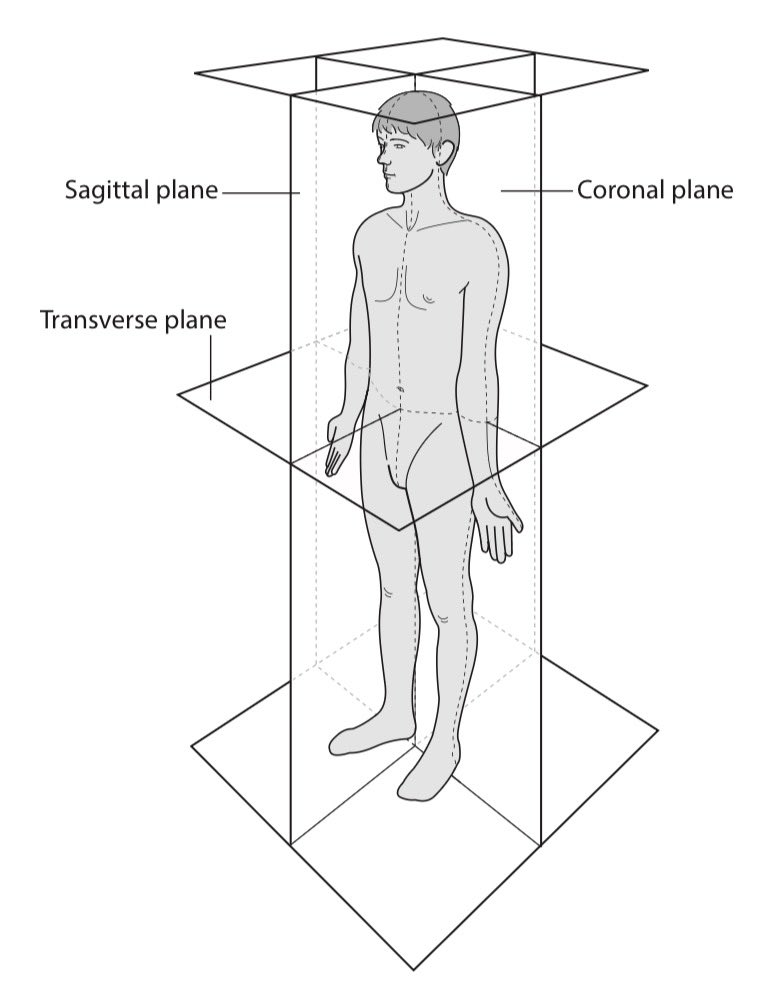
When it comes to Orthopaedics examination 🧐, the “Look, Feel, and Move” approach is a well-known way to assess patients. Over time, this method evolved to include “Test,” which now encompasses special maneuvers to evaluate neurological function and complex functional abilities.
Things that must come to your mind 💭 about symptoms in orthopaedics are: Pain (most common), Stiffness, Swelling, Deformity, Weakness, Instability, Change in Sensibility, and Loss of Function.
Identifying the pain site may be vague, but its precise location is crucial in orthopaedics. “Ask patients to point to the pain rather than say where it hurts.” Note‼️ Don’t assume the site of pain is always the site of pathology; referred and autonomic pain can be misleading.
Taking a history from a patient means that the patient shares their story, and the doctor constructs a history.
Orthopaedics is concerned with bones, joints, muscles, tendons and nerves – the skeletal system and all that makes it move.
United States Xu hướng
- 1. Thanksgiving 2.4M posts
- 2. Packers 64.8K posts
- 3. Dan Campbell 7,158 posts
- 4. #GoPackGo 10.9K posts
- 5. Wicks 11.2K posts
- 6. Jordan Love 16.5K posts
- 7. Micah Parsons 11.7K posts
- 8. Goff 11.3K posts
- 9. Jack White 9,596 posts
- 10. Kenneth Murray N/A
- 11. McDuffie 2,935 posts
- 12. #ChiefsKingdom 3,890 posts
- 13. Kelce 11.9K posts
- 14. Watson 15.8K posts
- 15. Tony Romo N/A
- 16. Turkey 308K posts
- 17. Caleb Wilson 1,177 posts
- 18. #KCvsDAL 3,072 posts
- 19. Jamo 5,316 posts
- 20. Thankful 495K posts
Something went wrong.
Something went wrong.



